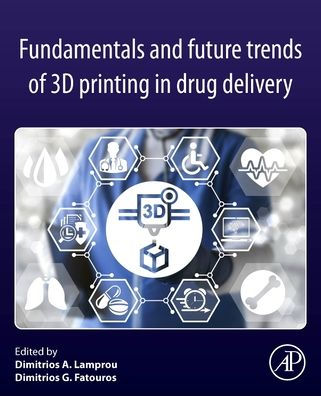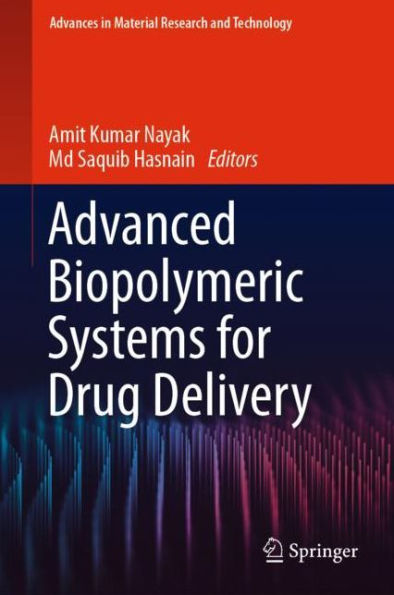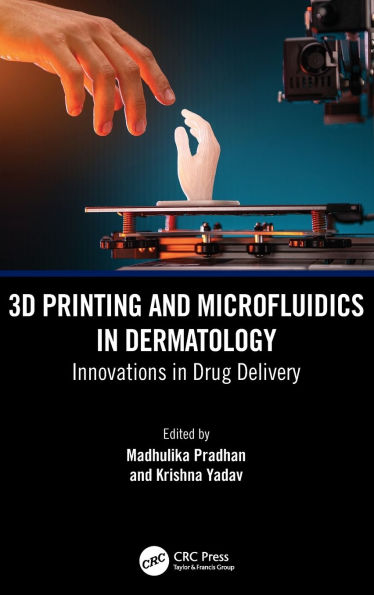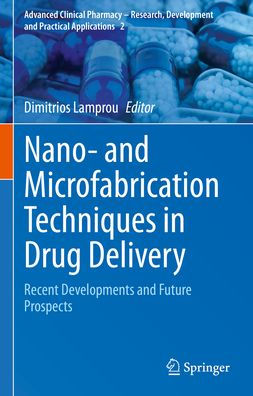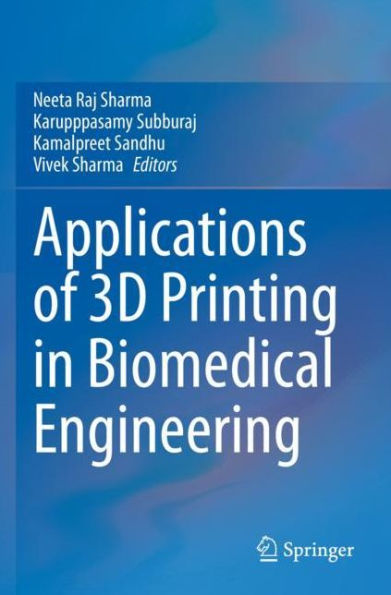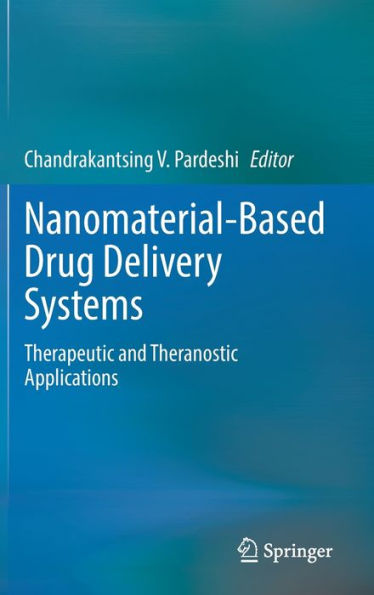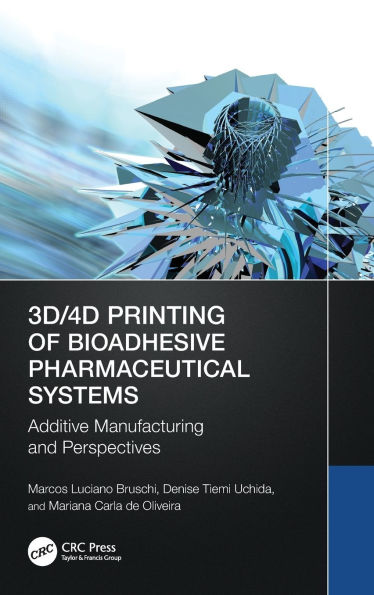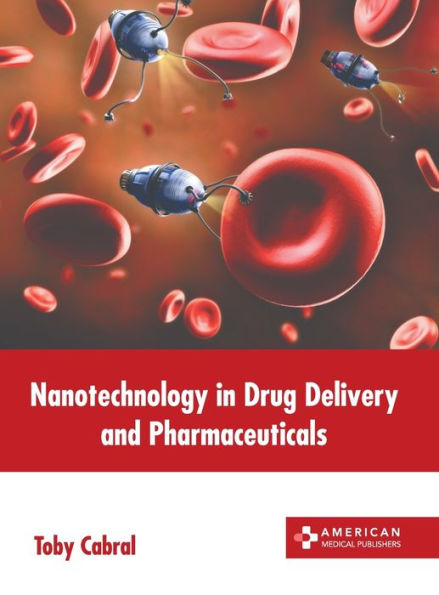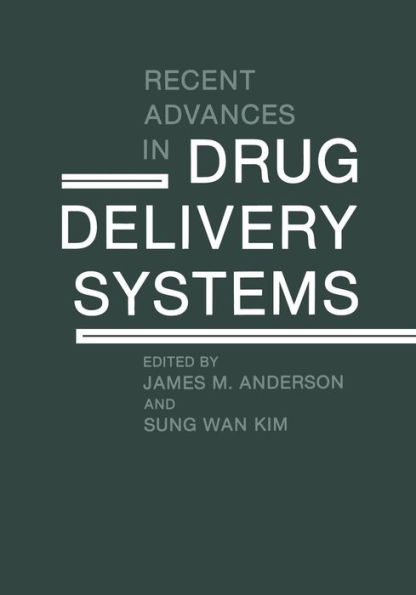Home
Advanced 3D-Printed Systems and Nanosystems for Drug Delivery and Tissue Engineering
Barnes and Noble
Advanced 3D-Printed Systems and Nanosystems for Drug Delivery and Tissue Engineering
Current price: $200.00
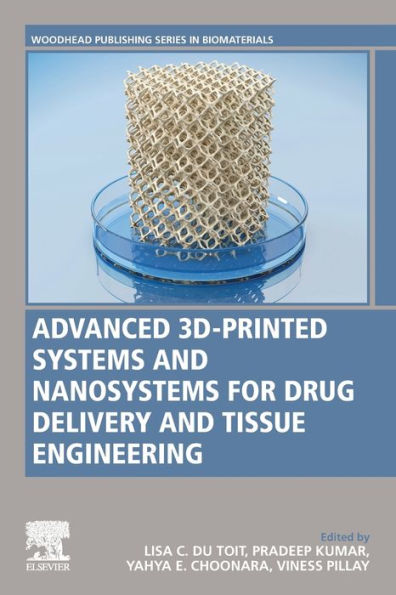

Barnes and Noble
Advanced 3D-Printed Systems and Nanosystems for Drug Delivery and Tissue Engineering
Current price: $200.00
Size: OS
Loading Inventory...
*Product information may vary - to confirm product availability, pricing, shipping and return information please contact Barnes and Noble
Advanced 3D-Printed Systems and Nanosystems for Drug Delivery and Tissue Engineering
explores the intricacies of nanostructures and 3D printed systems in terms of their design as drug delivery or tissue engineering devices, their further evaluations and diverse applications. The book highlights the most recent advances in both nanosystems and 3D-printed systems for both drug delivery and tissue engineering applications. It discusses the convergence of biofabrication with nanotechnology, constructing a directional customizable biomaterial arrangement for promoting tissue regeneration, combined with the potential for controlled bioactive delivery. These discussions provide a new viewpoint for both biomaterials scientists and pharmaceutical scientists.
explores the intricacies of nanostructures and 3D printed systems in terms of their design as drug delivery or tissue engineering devices, their further evaluations and diverse applications. The book highlights the most recent advances in both nanosystems and 3D-printed systems for both drug delivery and tissue engineering applications. It discusses the convergence of biofabrication with nanotechnology, constructing a directional customizable biomaterial arrangement for promoting tissue regeneration, combined with the potential for controlled bioactive delivery. These discussions provide a new viewpoint for both biomaterials scientists and pharmaceutical scientists.
